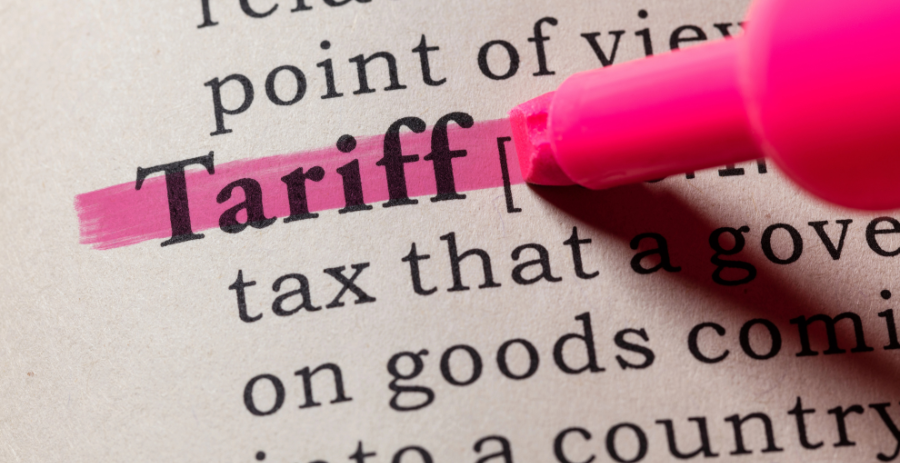At a time when industry discussions should have been focused on the latest wave of new products, conversations at last week’s Premarket instead were dominated by the latest tariffs and where they might land next.
The topic is a sensitive one for furniture manufacturers who recognize that acknowledging the impact of tariffs immediately raises questions about price increases, which inevitably follow. Currently there isn’t enough certainty for manufacturers to answer those questions with any degree of reliability, and most are adopting a “wait and see” (aka: avoid the conversation) approach.
Talk of rising prices runs counter to what manufacturers are hearing from many of their retail customers, who are struggling to lure consumers back into stores and who believe the best way to do that is with more aggressive pricing.
After a solid January, retailers and manufacturers at Premarket described February in terms ranging from “soft” to “abysmal,” suggesting that the post-election sales lift has stalled, at least for now. Executives across both sectors suggested that uncertainty about tariffs, interest rates, stocks and the overall performance of the economy has put consumers into a holding pattern.
The most recent consumer confidence figures support this view with numbers dropping for the fourth consecutive month and hitting 92.9 in March, down from 100.1 in February.
Meanwhile, manufacturers are also stuck in a holding pattern pending the imposition of reciprocal tariffs on April 2, which could once again unbalance the global sourcing equation. This is of particular concern in the wake of comments by Treasury Secretary Scott Bessent, who identified a so-called “Dirty 15” group of trading partners that have the most imbalanced trade with the U.S.
This group includes many of the furniture industry’s largest sourcing partners, including Vietnam (the largest exporter of furniture to the U.S.), Malaysia, Indonesia, India, Thailand, Turkey, Mexico and Canada, among others.
The uncertainty and changing nature of global trade relations had furniture manufacturers at Premarket re-examining a full range of sourcing realignments, with one company president even asking me which African country I thought was in the best position to serve as the next key resource for furniture sourcing.
Others are re-thinking domestic manufacturing, which is part of the administration’s motivation for imposing tariffs, although industry executives were unanimous in their assessment that such a change would require years to accomplish and would necessitate a social and regulatory realignment at a scale not seen in generations.
By the time High Point Market rolls around next month there should be greater clarity, and manufacturers expressed confidence in their ability to deal with whatever changes ultimately come once the tariff roulette wheel stops spinning.
For now, however, discussion of new products, styles, colors and trends are secondary, as few manufacturers know where they will be getting raw materials and product from and what the ultimate price will be.
Stay tuned. This discussion is far from finished.
See also:
o
